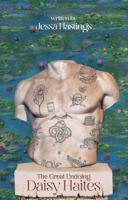Publisher's Synopsis
Excerpt from American Chess-Nuts: Collection of Problems, by Composers of the Western World
This was sent to Chess Editors throughout the land, who were most lavish of praise in their notices of the project. In those palmy days - in the middle of 1859 - the columns of Chess were a host. There were within our borders thirty newspapers devot ing space to the peerless game. The co-editors continued hard at work. Mr. Henry made two unsuccessful experiments in having Chess type of a suitable size, and of new design, cast for the work. Then he thought of embellishing the book with short sketches of leading composers, and their portraits. Most of these lifelets were written, and three of the heads were finished those of Loyd, Brown, and Potter. Mr. Henry copied everything supposed to be native, or duly naturalized, from books, periodi cals, and from nearly complete files of a myriad of newspapers containing Chess articles. Noms de plume and pseudonyms often occasioned considerable embarrassment, as it was desired - as far as possible - to give the real names of composers, and to avoid including any foreign handiwork. Many problems were also obtained directly from the authors, who contributed a goodly number of unpublished works.
From Mr. Henry's memoranda, it a pears tha The first American problem was published in t e Spirit cf the Times, March 1, 1845, - a self-mate in four moves, by C. H. S. [stanley, ] who was originally an Englishman. The next American author was Mr. H., of the N. Y. Chess Club, Aug. 30, with a four move mate. Then followed, - J. Knous, Sept. 6, 1845, four moves; N. O. K. [marache, ] Nov. 8, 1845, six moves; V. Estephe, No. 38 of Spirit; Agnel, Oct. 10, 1846, four moves; and D. J ulien, 1847, (no. The first Chess diagram printed in America, setting forth a four-move mate by Mr. J. Knous, was given as N o. 15 of the Spirit, then in its second year - previous to which time problems were verbally written out. This position was retouchedby Mr. Henry to obviate a defect, and is given among the four move problems.
About the Publisher
Forgotten Books publishes hundreds of thousands of rare and classic books. Find more at www.forgottenbooks.com
This book is a reproduction of an important historical work. Forgotten Books uses state-of-the-art technology to digitally reconstruct the work, preserving the original format whilst repairing imperfections present in the aged copy. In rare cases, an imperfection in the original, such as a blemish or missing page, may be replicated in our edition. We do, however, repair the vast majority of imperfections successfully; any imperfections that remain are intentionally left to preserve the state of such historical works.



